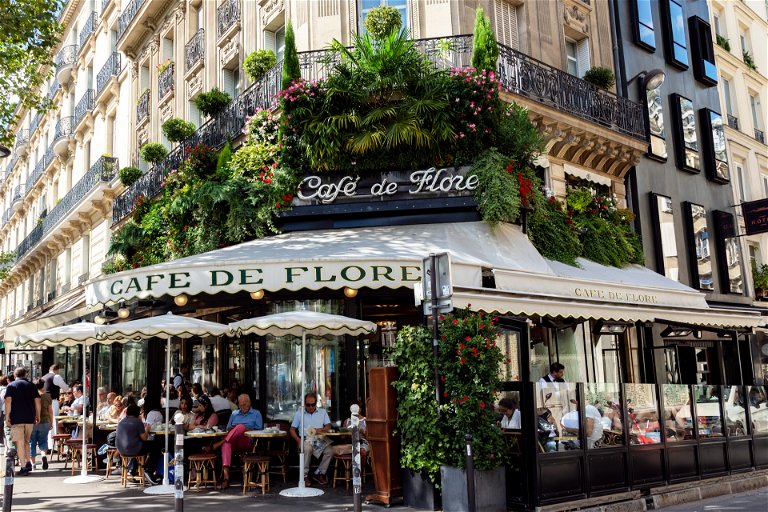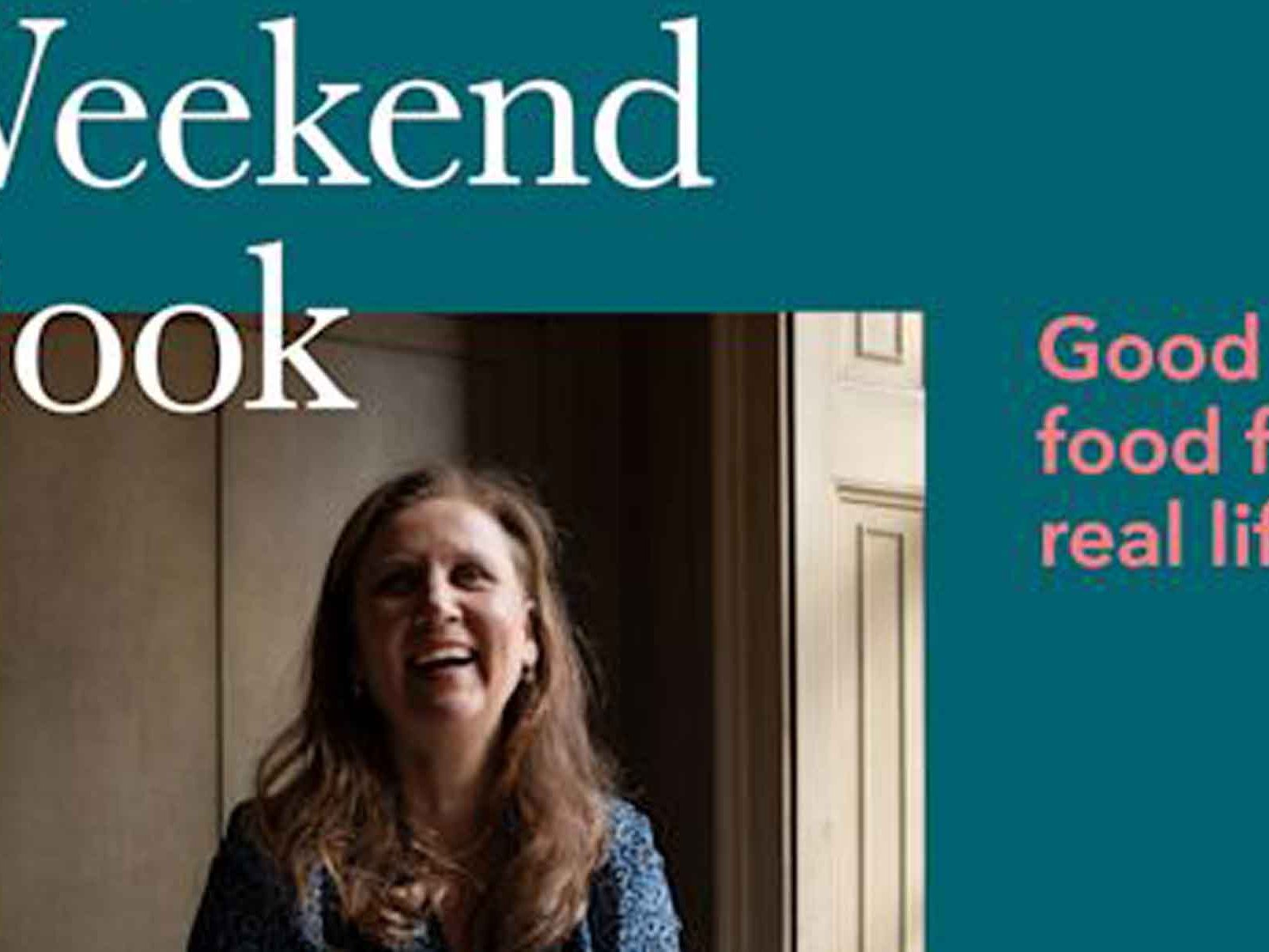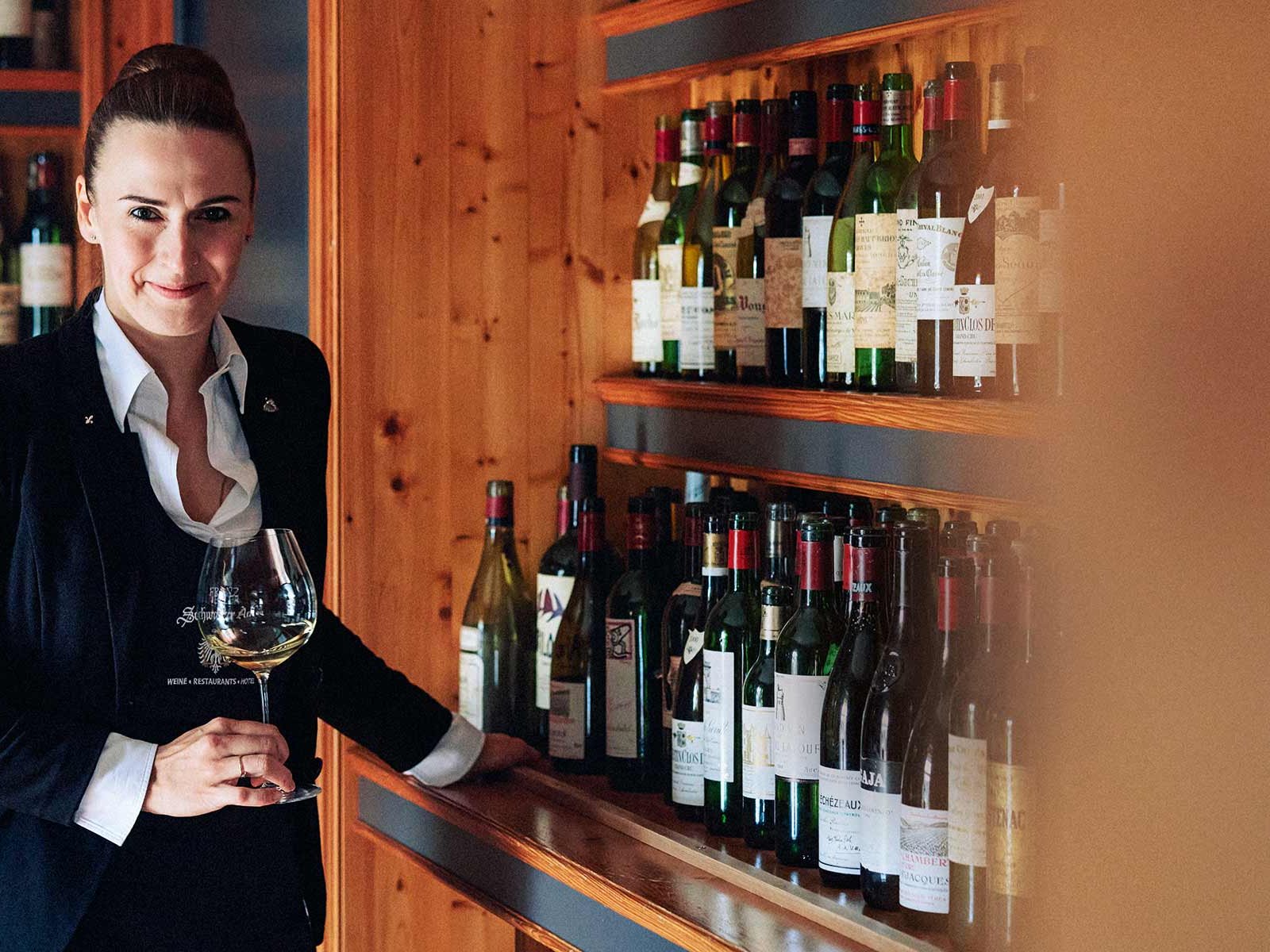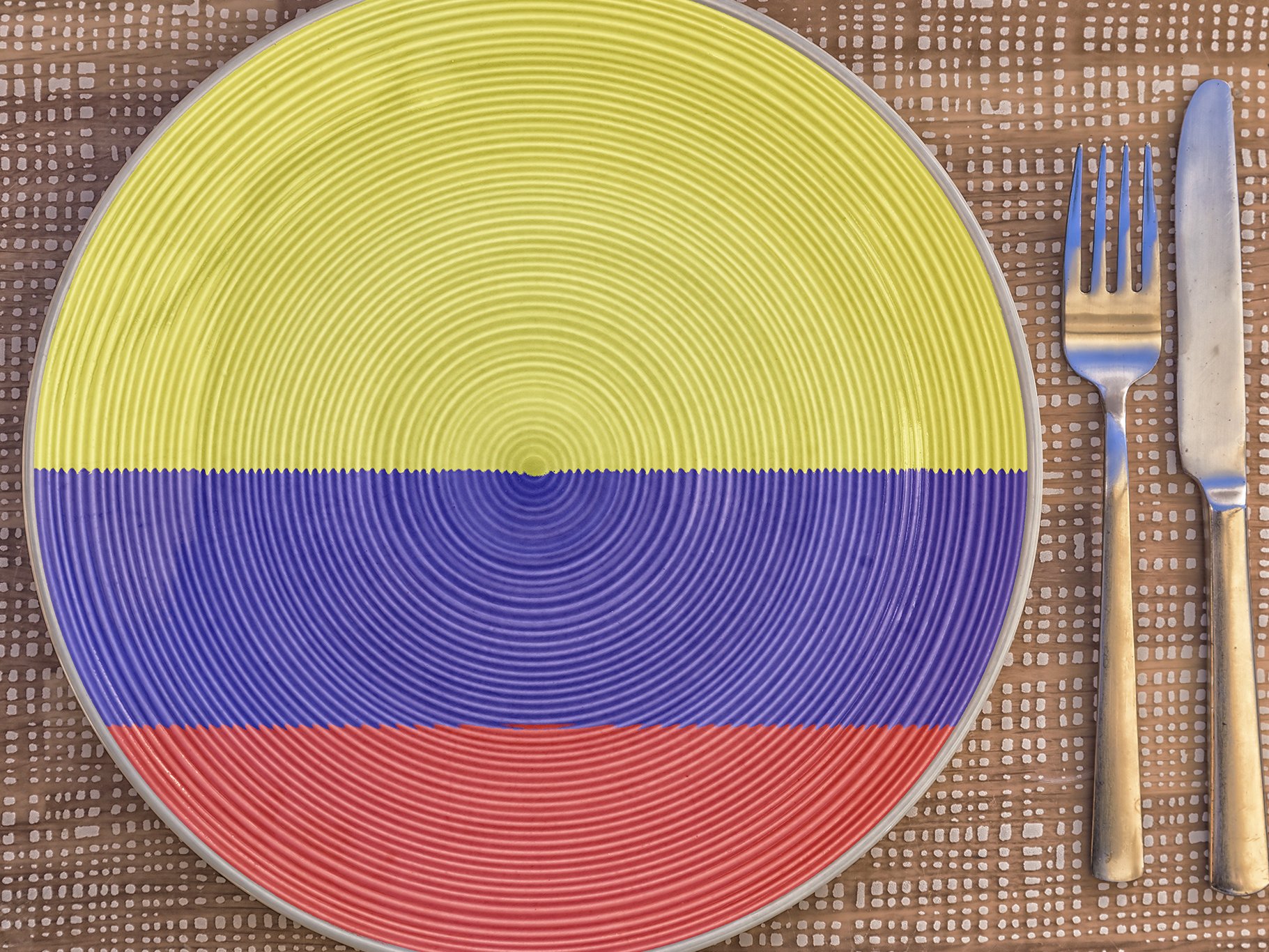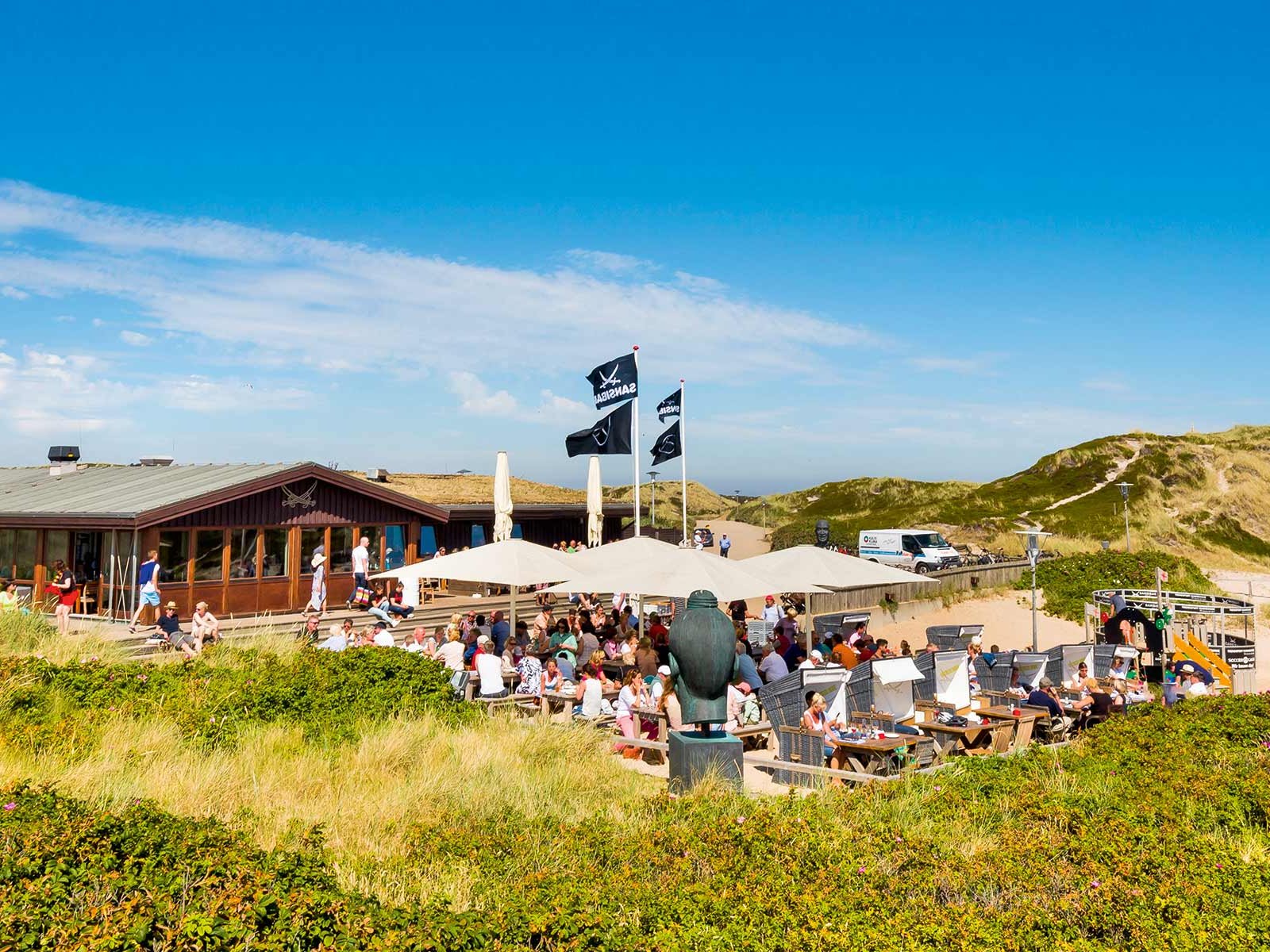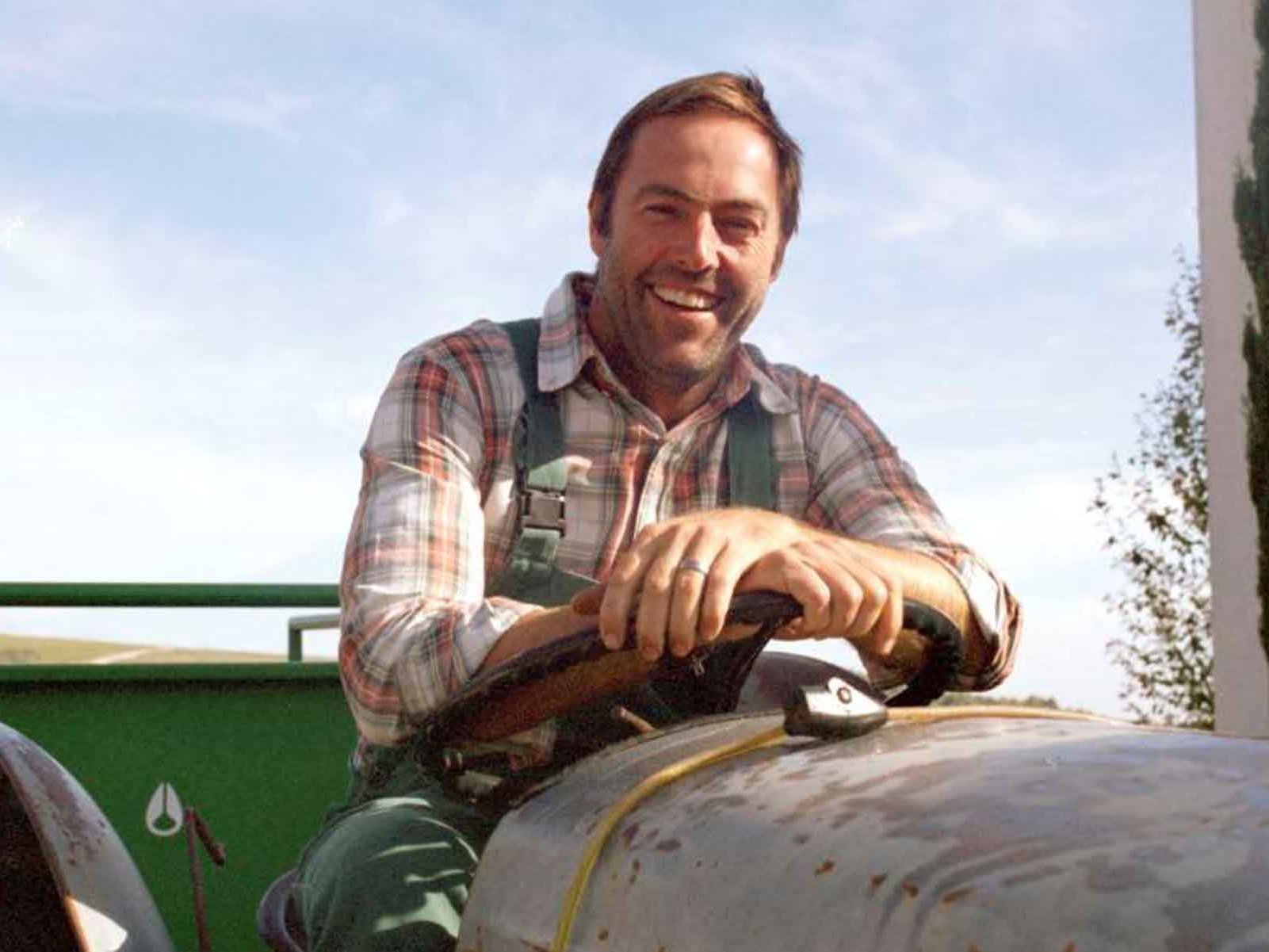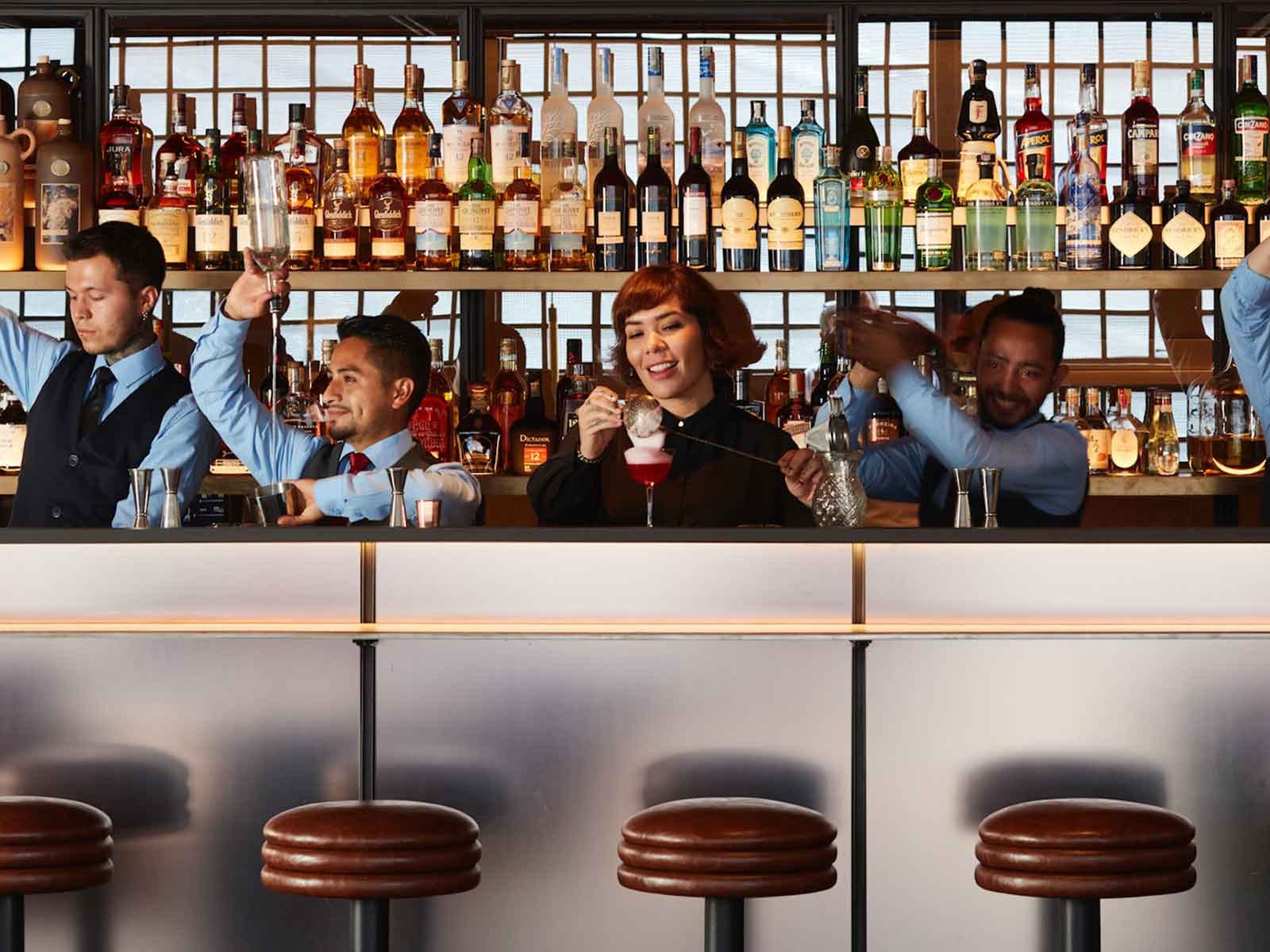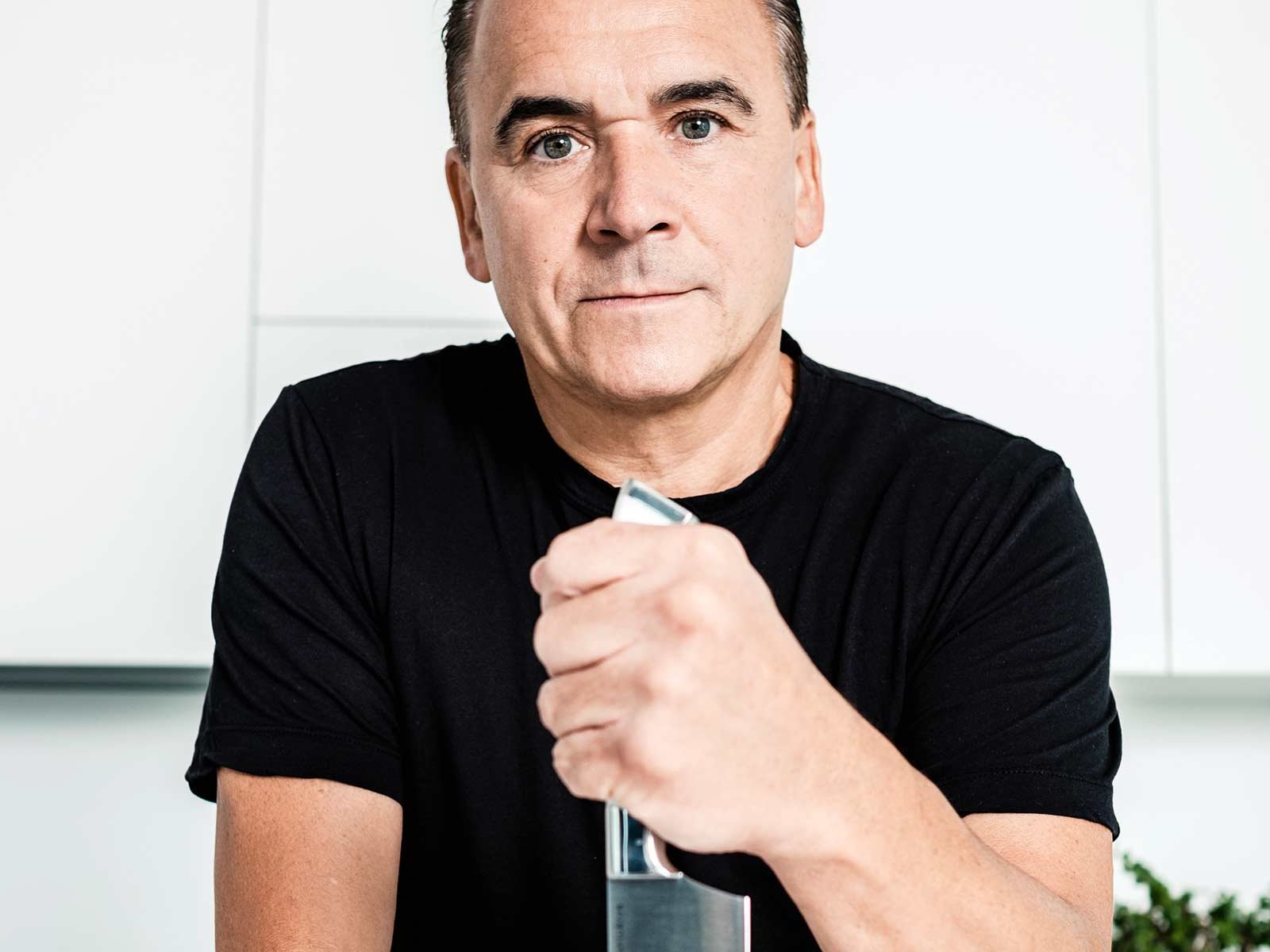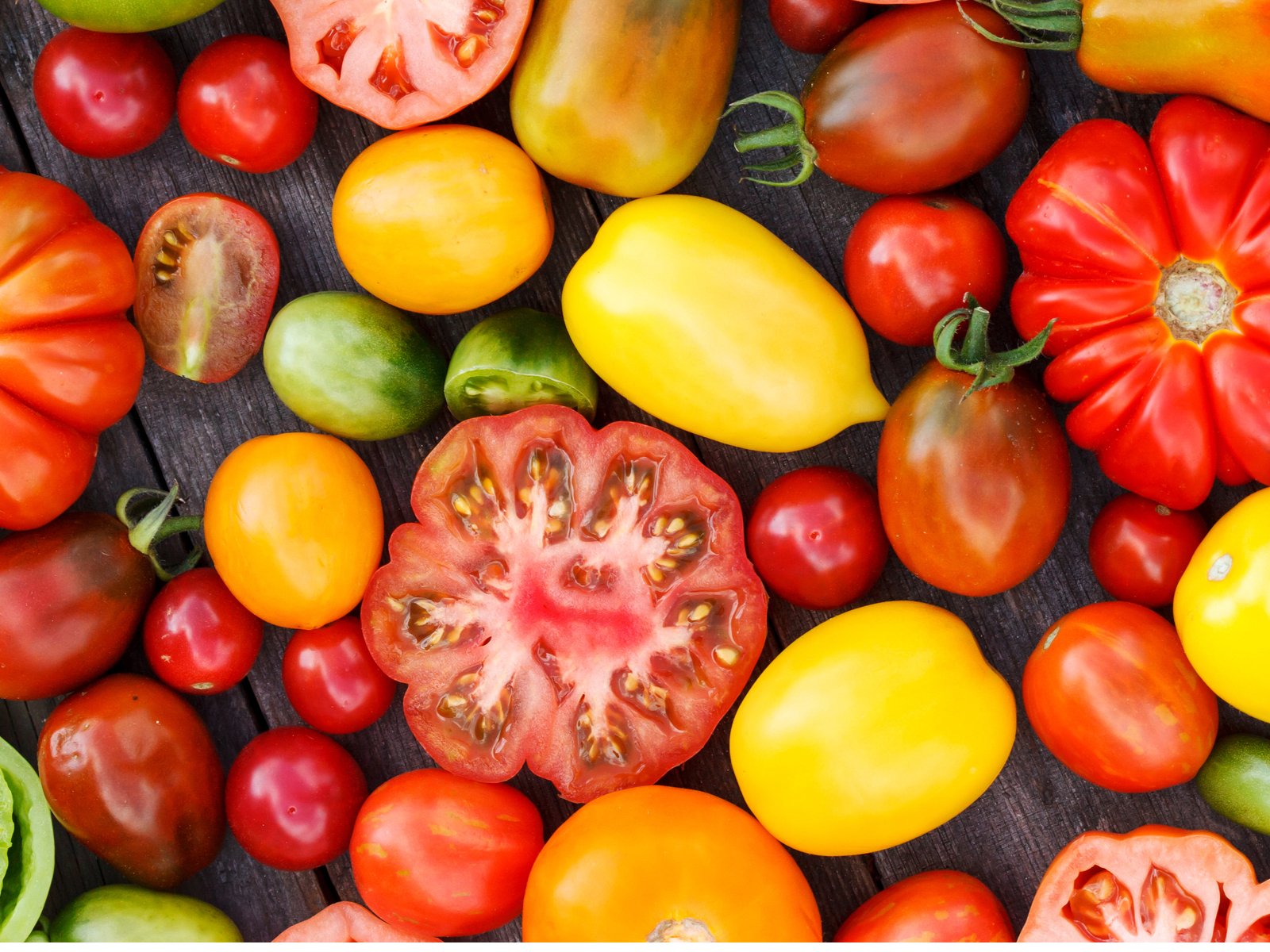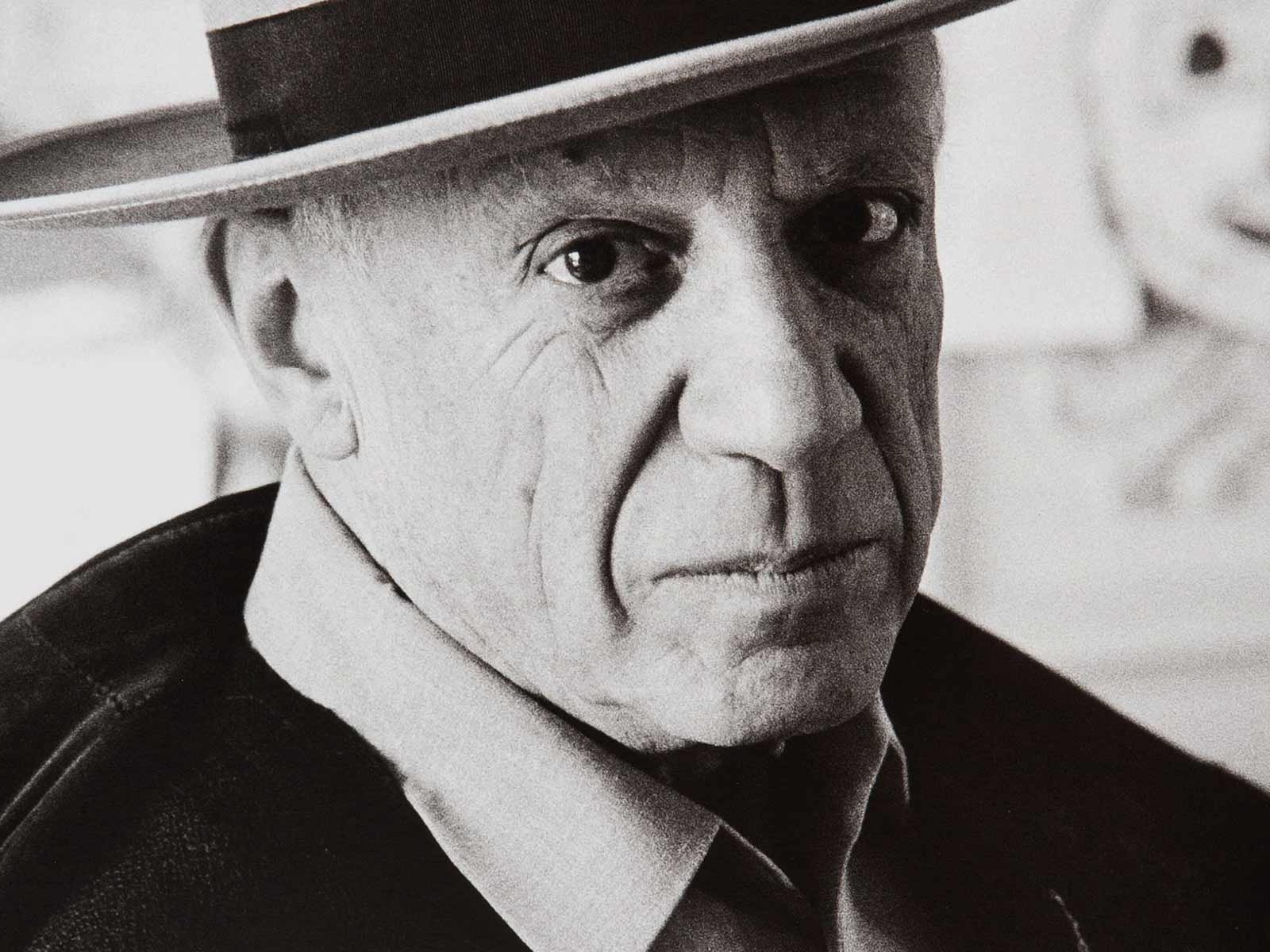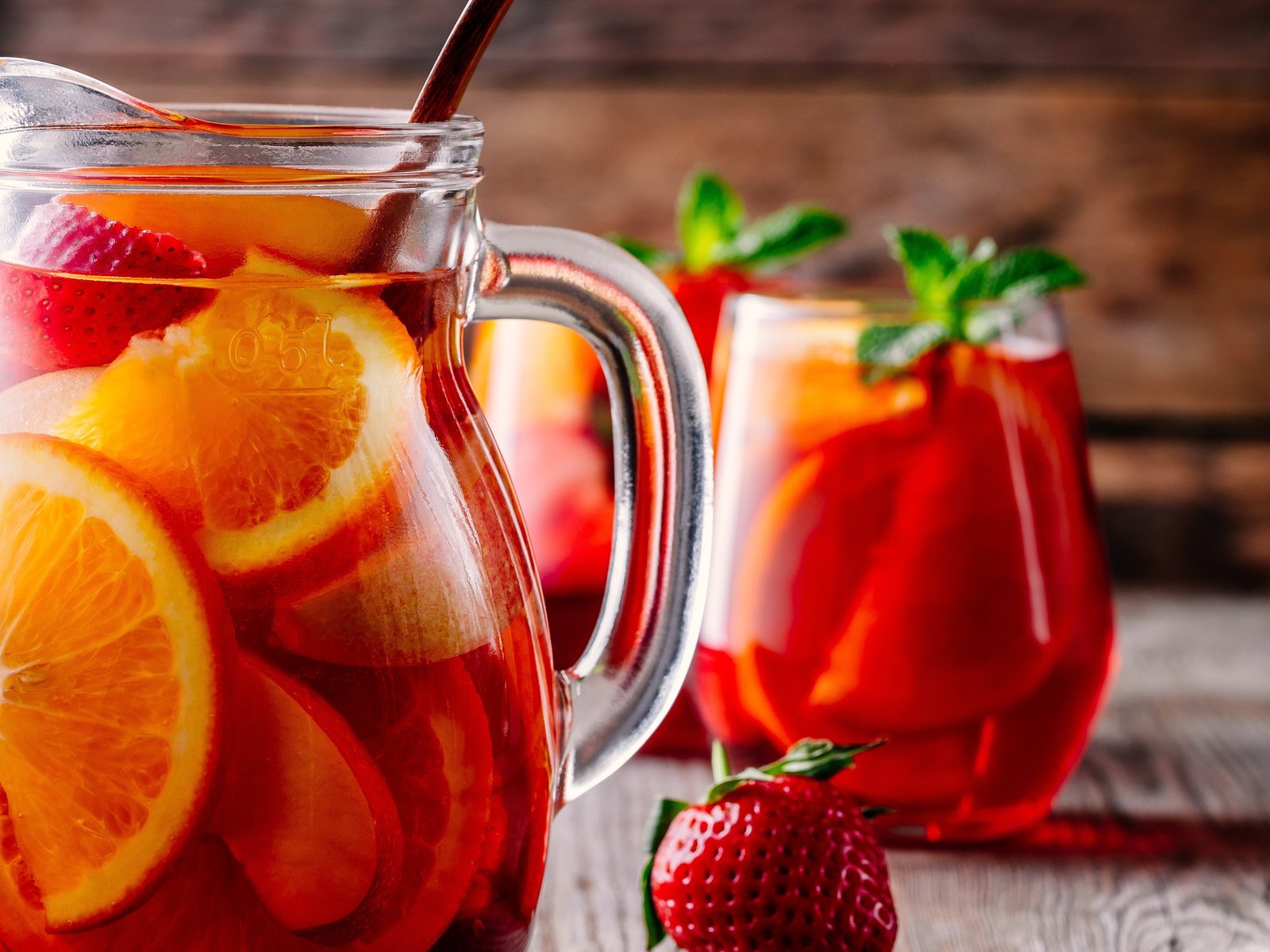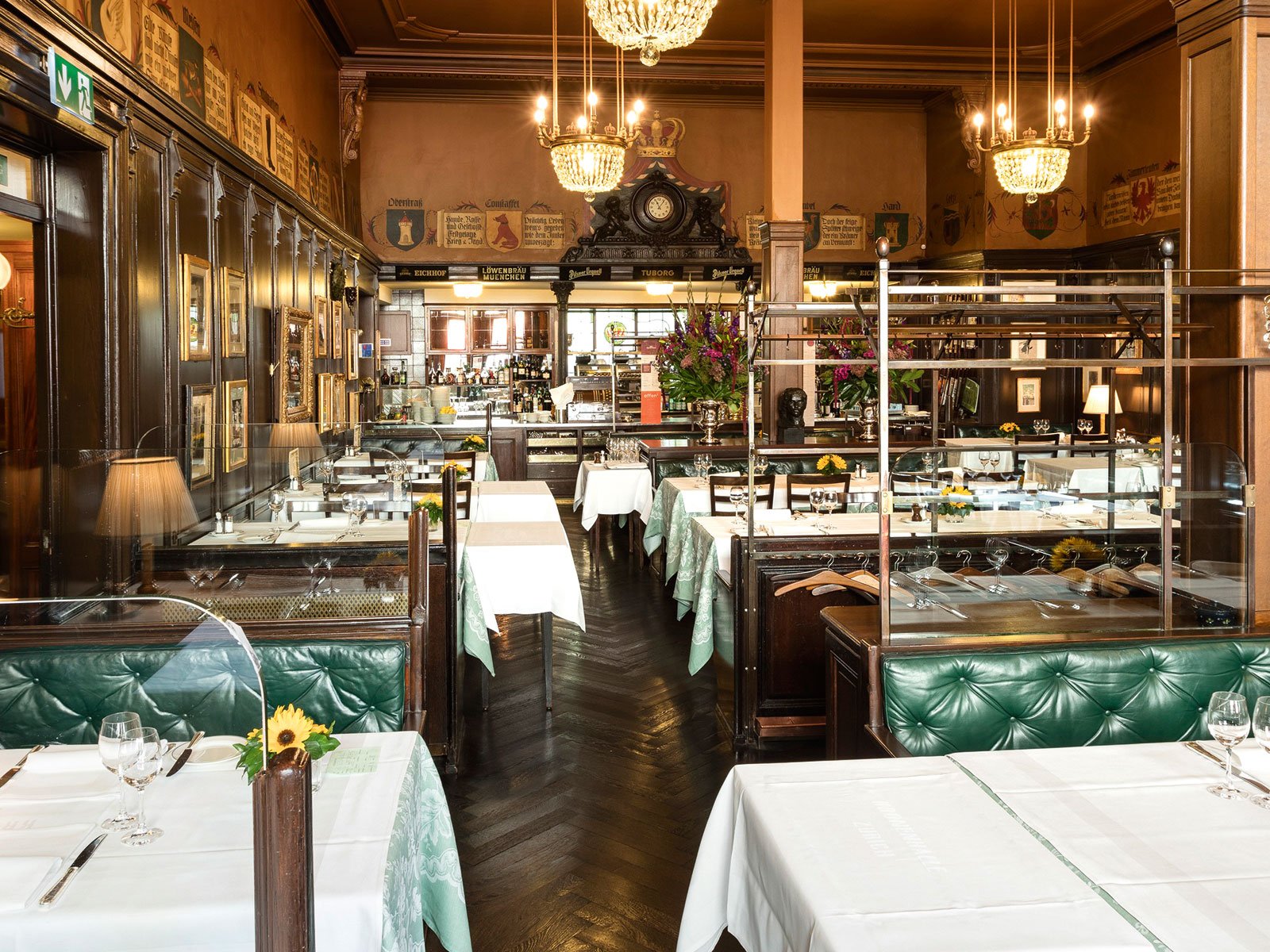Art & Taste: Ernest Hemingway and the Sea
Ernest Hemingway's life purpose was to savour and describe existence with all of his senses. The fisherman and self-proclaimed "gastronomic adventurer" was as enthusiastic about food as he was fond of drink.
In 1952, Ernest Hemingway proved his critics wrong. They had long since written him off: The American had nothing more to say, they said, and his excessive lifestyle was taking its toll. But then The Old Man and the Sea appeared – and this novella became a resounding success. It sold better than all the other books Hemingway had written up to that point. The story of Santiago, a Cuban fisherman who makes the catch of his life and loses it back to the sea, touched people deeply. Giving up is not an option for this old man, no matter how adverse the conditions. "A man can be destroyed but not defeated," was Hemingway's message. His audience nodded appreciatively; after all, he had thus shown himself that he, too, could get up again. Two years later, he was awarded the Nobel Prize for Literature for this work.
The Old Man and the Sea is set in Hemingway's adopted country, Cuba. The adventurer had moved there in 1939 with his third wife in order to find peace after many years of wandering. A plan, however, that did not suit him at all. Hemingway was an adventurer who was bored by any form of everyday life. He was also a gourmet: his texts are full of episodes about eating and drinking. Whether around a campfire in the woods of Illinois, on safari in Tanzania, on his fishing boat, or in Paris, Madrid, and Havana: good food was always important to him – accompanied by copious amounts of alcohol in convivial gatherings.
Hemingway's father passed on to his son a penchant for culinary delights, as well as a love for adventure and nature. Ed Hemingway took Ernest hunting and fishing from an early age. Ed was also an avid cook and loved to prepare his own freshly-killed food around the campfire. Even dessert was part of the open-air menu. The motto was: "It's up to the man – even when it comes to cooking."
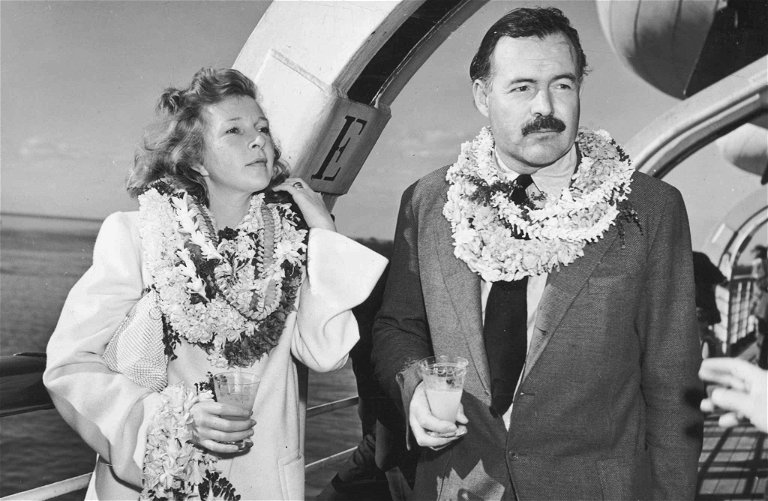
Culinary Adventurer
In his article Camping in the Wild, Hemingway encouraged his male readers to be more daring when it came to cooking. Any man could "make a pie at least as good as his wife. All you need for a pie is a cup and a half of flour, half a teaspoon of salt, half a cup of lard, and cold water. This will make the pie so crispy that tears of joy will come to the eyes of your camping partners."
When Hemingway finished school, his parents urged him to go to college, but he wanted nothing more than to write about "what I see and feel in the best and simplest way." When he was able to work as a reporter for a daily newspaper, the 18-year-old moved to Kansas City to do so. There, the culinary offerings were not the least of his enthusiasms. An excerpt from Hemingway's reportage The Wild Culinary Adventures of a Gourmet: "During this time I expanded my epicurean knowledge by eating my way through the complete menu of a Chinese restaurant (...) It was almost seven pages long. It took me all winter. But I made some wonderful discoveries."
This gastronomic curiosity stayed with Hemingway throughout his life. In Paris, he found perfect research conditions, living there with his first wife, Hadley Richardson, for six years.
Like many artists, the two spent their days in the Café de Flore, the Café du Dôme, Café Les Deux Magots and Brasserie Lipp – in part to avoid having to heat their apartment, as they had little money. Their housekeeper Marie Cocotte was an excellent cook and served "young radishes and good foie de veau with mashed potatoes and endive salad, followed by apple pie" – menus that they could only afford when Ernest bet on the right horse: "Another day (...) we got lucky again at a racetrack and went in to Prunier on the way home and sat at the bar after looking in the window outside at all the clearly priced delights. We ate oysters and crabe mexicaine and drank Sancerre to go with it," Hemingway later wrote in his book Paris - A Feast for Life.
Hemingway was never homesick. On the contrary, in 1922 he went with his wife to Chamby in Switzerland. There, the two let themselves be pampered in a chalet: "We have breakfast in bed and then we have two huge meals. We pay two dollars a day for a meal like roast beef, mashed cauliflower, fried potatoes, a soup beforehand and blueberries with whipped cream afterward... What's the point of trying to live in a country as rotten as America when there's Paris and Switzerland and Italy?"
Six years later, Hemingway had changed his mind. He moved to Florida with his second wife, Pauline Pfeiffer. But restless as he was, he continually took extended trips to Africa, Cuba and Europe. He had a special love for Spain. Bullfighting fascinated Hemingway, and the supporting programme also suited him, as one can read in Death in the Afternoon: "Mariscos are crustaceans that one eats in the café, while drinking beer, before or after the bullfight; the best are percebes, a kind of barnacles with a tasty stalk of very tender and delicious flavour."
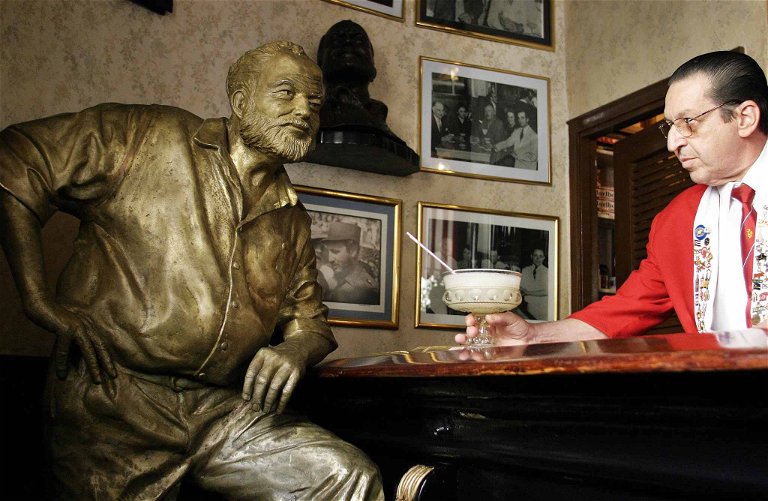
In 1936, his irrepressible urge for freedom got a new boost. Hemingway bought a twelve-metre motor yacht, because "the sea is the last free place in the world." Deep-sea fishing in Cuban waters became his great passion. But even on the high seas, he set great store by the best food. Gregorio Fuentes had to see to that. He was Hemingway's skipper, who also took care of the equipment for the "ethyl department" on board. And he was an excellent cook. Fuentes could rival any chef in the world, Hemingway was convinced. When hotelier Charlie Ritz visited him, Hemingway made a bet that his skipper could put better food on the table than all the chefs at the Ritz Hotel in Paris. In fact, Fuentes succeeded in winning over Ritz with his spaghetti creation, swordfish à la Pilar and fillet of dorado in lime sauce.
Life in Cuba also pleased Hemingway on land. He quickly became a welcome regular in the many bars, especially El Floridita in Havana. "I have been drinking since I was fifteen, and few things have given me more pleasure," he once wrote to his Russian translator, Ivan Kashkin.
The author accepted that his excessive alcohol consumption would eventually have serious consequences for him; he did not comply with medical orders. However, when his health began to deteriorate, he could not cope with it. Depression and anxiety plagued him and no treatment could alleviate his suffering. On July 2, 1961, Hemingway put an end to his life at his home in Ketchum, Idaho. He worked on his book A Moveable Feast until his last day.
Hemingway's Bar
Ernest Hemingway drank vast quantities of alcohol. However, he was very selective when choosing his drinks, every detail was important to him, even the preparation. He created cocktails himself or modified recipes so that they corresponded to his taste preferences.
In his favorite bar in Havana, El Floridita, Hemingway particularly enjoyed drinking daiquiris. The bar's owner at the time, Constantino Ribailagua, soon persuaded Hemingway that he needed more rum in his drink, but sugar had no place in a good daiquiri.

